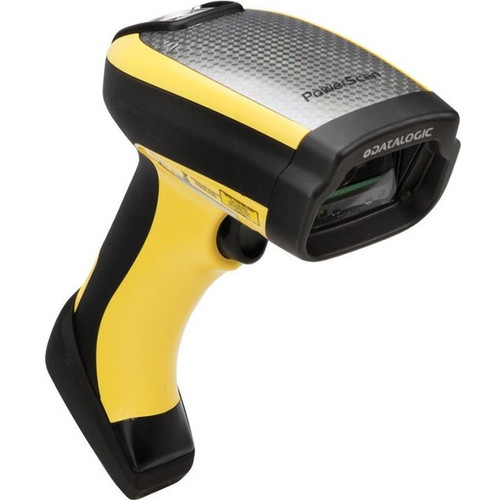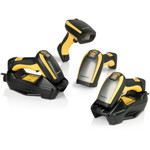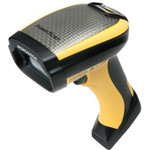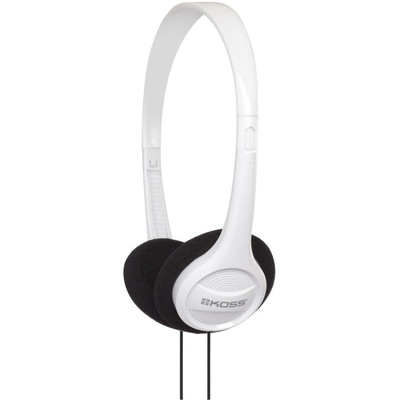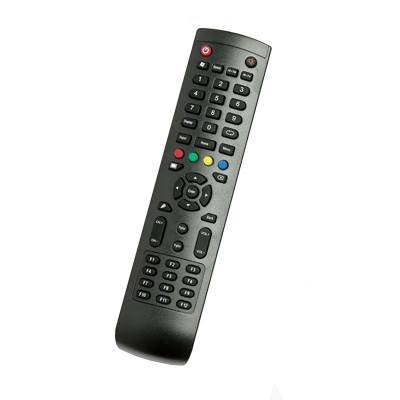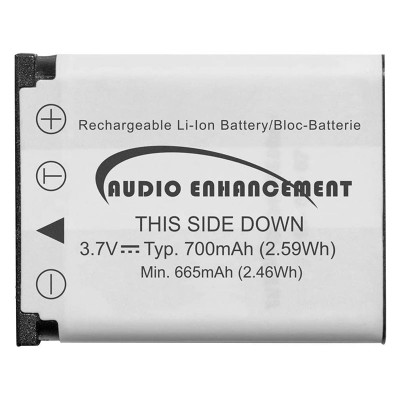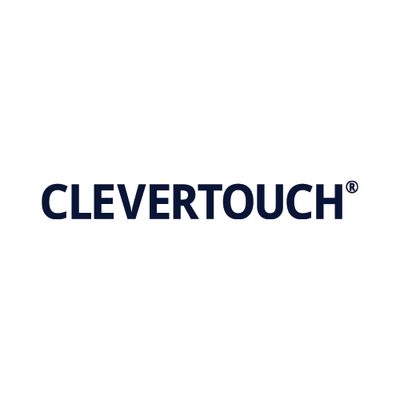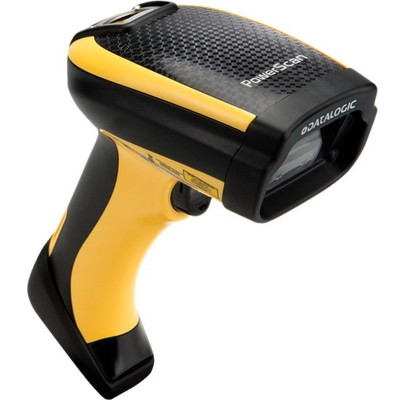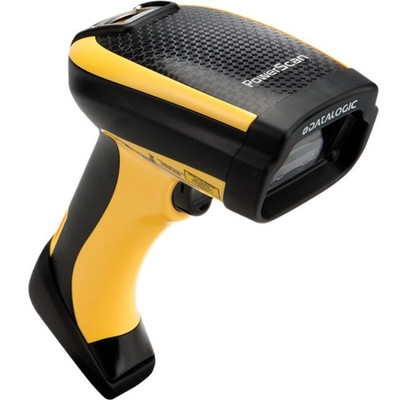DPM TECHNOLOGY
Direct Part Marking (DPM) is a process that allows users to imprint a bar code directly on an item instead of printing the code on a paper label. Different technologies are available to directly mark objects: laser/ chemical etching, dot peening and ink jet printing. Each of these methods have specific advantages and disadvantages in terms of durability, cost and ease of reading.
The PowerScan™ 9500-DPM Evo series of scanners are rugged handheld area imagers specifically addressed and capable of reading codes marked with DPM.
READING CAPABILITIES
The PowerScan DPM series include the latest optics and software from Datalogic to make the reading of codes with DPM easy and intuitive. The typical reading distance is from contact to 4-5 cm / 1.5-1.9 in, depending on the DPM technology used, the code resolution, and the material and surface type. The scanner is also capable of reading standard bar codes on printed labels. High density optics allow the capture of very small, high-resolution codes in a range from near contact up to 15.0 cm / 5.9 in. The intuitive aiming system provides the highest first-pass reading rates. A soft pulsed white illumination light results in reduced flashes and is very gentle to the eyes.
FULL CONNECIVITY
The PM9500 DPM Evo series offers the display option with 4 configurable keys. This increases interaction between the host and the user allowing a two-way exchange of information for more reliable and effective communications.
The BC9180 is provided with Standard MultiInterface: USB-KBD, USB-COM, USB-OEM, RS-232 and Ethernet connectivity: Telnet, Web Server, Data Socket, Ethernet/IP.
MOTIONIX™ MOTION-SENSING TECHNOLOGY
Datalogic's Motionix™ motion-sensing technology detects the natural actions of the operator to automatically switch the scanner into the desired scanning mode.
Direct Part Marking (DPM) is a process that allows users to imprint a bar code directly on an item instead of printing the code on a paper label. Different technologies are available to directly mark objects: laser/ chemical etching, dot peening and ink jet printing. Each of these methods have specific advantages and disadvantages in terms of durability, cost and ease of reading.
The PowerScan™ 9500-DPM Evo series of scanners are rugged handheld area imagers specifically addressed and capable of reading codes marked with DPM.
READING CAPABILITIES
The PowerScan DPM series include the latest optics and software from Datalogic to make the reading of codes with DPM easy and intuitive. The typical reading distance is from contact to 4-5 cm / 1.5-1.9 in, depending on the DPM technology used, the code resolution, and the material and surface type. The scanner is also capable of reading standard bar codes on printed labels. High density optics allow the capture of very small, high-resolution codes in a range from near contact up to 15.0 cm / 5.9 in. The intuitive aiming system provides the highest first-pass reading rates. A soft pulsed white illumination light results in reduced flashes and is very gentle to the eyes.
FULL CONNECIVITY
The PM9500 DPM Evo series offers the display option with 4 configurable keys. This increases interaction between the host and the user allowing a two-way exchange of information for more reliable and effective communications.
The BC9180 is provided with Standard MultiInterface: USB-KBD, USB-COM, USB-OEM, RS-232 and Ethernet connectivity: Telnet, Web Server, Data Socket, Ethernet/IP.
MOTIONIX™ MOTION-SENSING TECHNOLOGY
Datalogic's Motionix™ motion-sensing technology detects the natural actions of the operator to automatically switch the scanner into the desired scanning mode.
- Metes out excellent operation and rugged structure with smart retailing features which is an ideal choice for bundling terminals, businesses, supermarkets and grocery stores
- Rapidly incorporate 1D and 2D barcode information to records, spreadsheets, and databases
- Regardless of angle orientation, the imager makes it easy to scan 1D and 2D barcodes
- Wired connectivity makes this scanner ideal for retail and desktop applications

